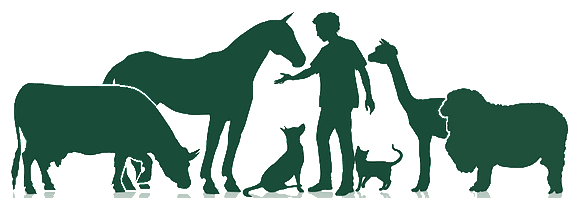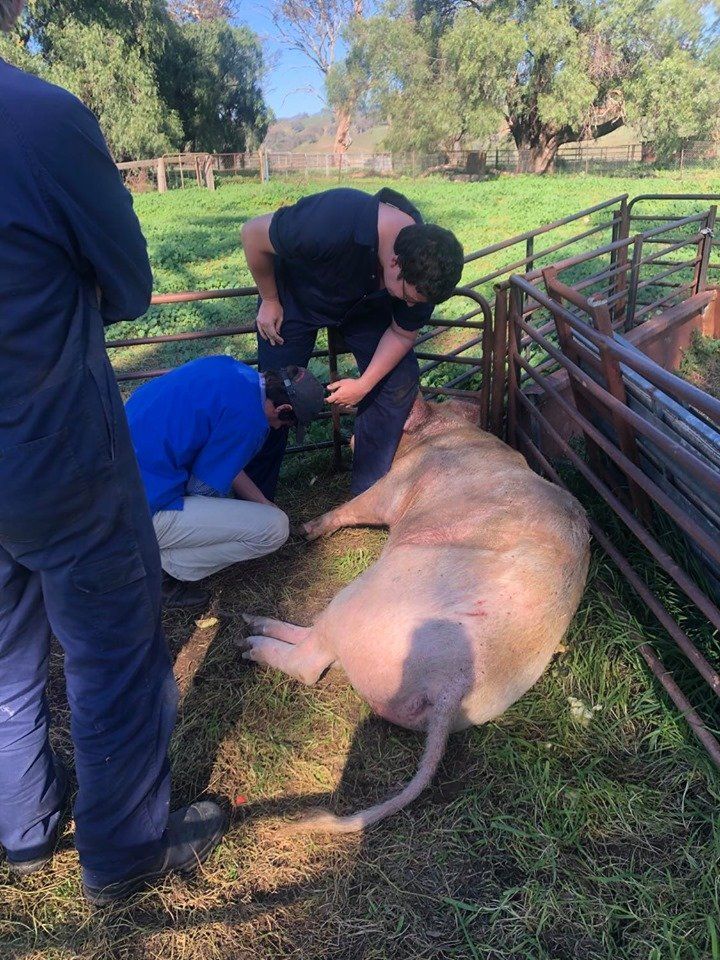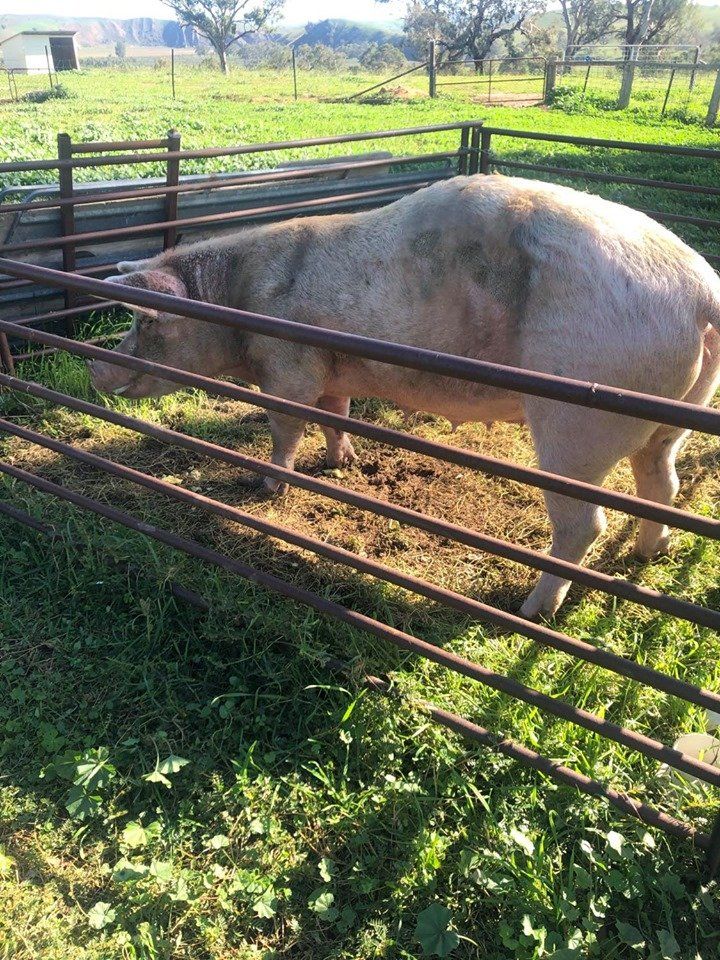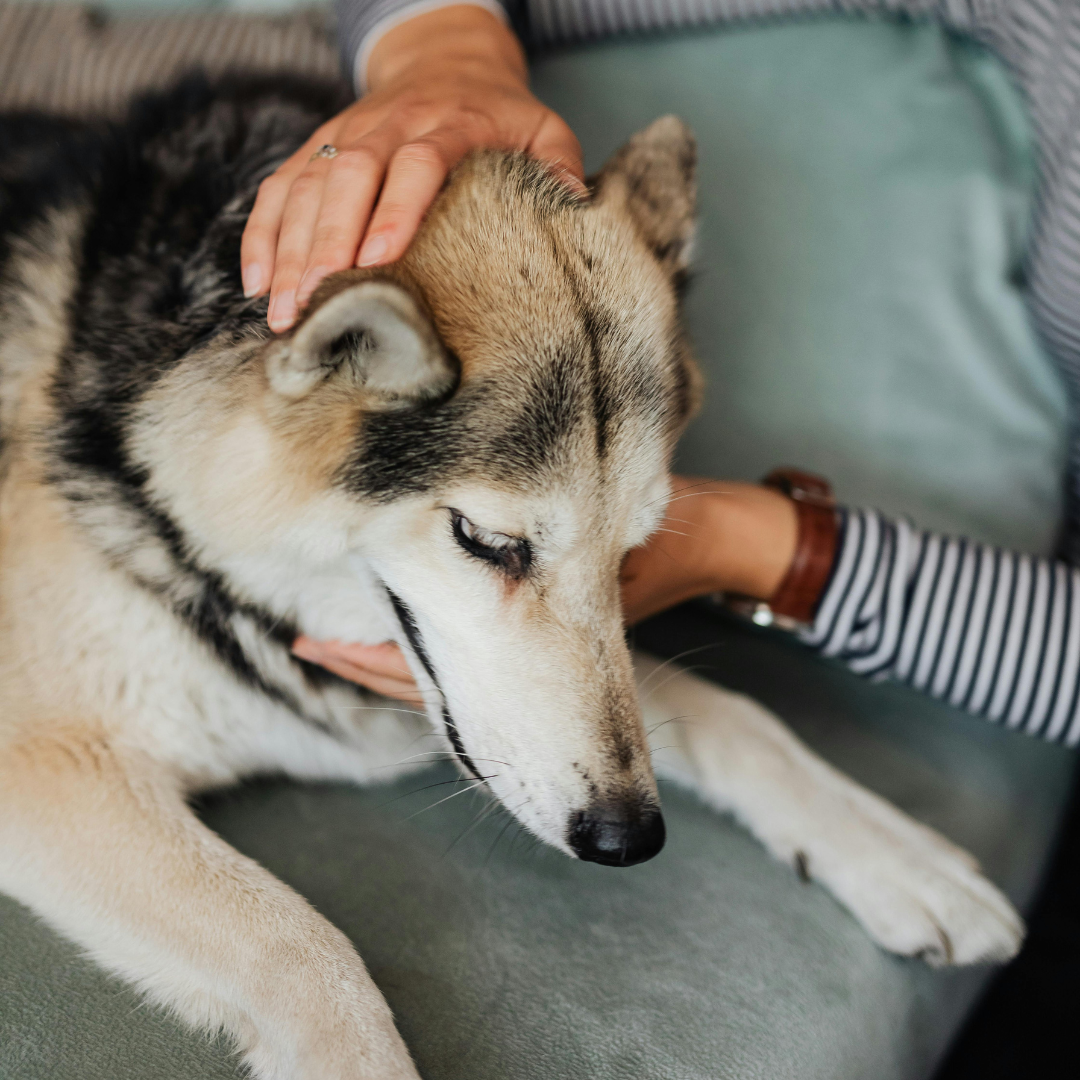One pig, one peso.
Admin Team
‘One pig, one peso; big pig, two peso’!
Anyone that knows Dr Harry, they know he is a bit of a character. Below he tells an accurate (not)
depiction of what happened on an out call when Dr Dan and Nurse Alicia joined him in the great pig wrangle of 2020. If you stick around until the end you are in for a laugh!
Anyone that knows Dr Harry, they know he is a bit of a character. Below he tells an accurate (not)
depiction of what happened on an out call when Dr Dan and Nurse Alicia joined him in the great pig wrangle of 2020. If you stick around until the end you are in for a laugh!
‘One pig, one peso; big pig, two peso’
Let’s not let facts get in the way of a good story. The following story can be confirmed by three eyewitnesses who can confirm that at least some of this story is true, for a more accurate (and more boring) account, please see the diligently detailed case notes.
On a cool Autumn day, I was approached by a fellow with a small, somewhat unusual task which he felt fell under the broad umbrella of veterinary medicine. Mixed veterinary practice brings with it all the unusual, out of the way, and uncommon animal tasks, and this was no different. The task you ask, the care of this fellow’s pet pig’s feet!
Not one to step back from a challenge, I whole heartedly agreed to this porcine pedicure! I was bolstered by the recent success of a nail in clipping in a particularly prickly Pug so I thought a particularly prickly pig would be the next step up. Boy was I wrong. I set out optimistically for this somewhat obscure problem, however, I was not totally naive, and I thought perhaps indeed that this could be a big job, so I of course brought along the secret weapon, Daniel ‘Django’ Gerrard, self-proclaimed ‘Chief Pig Wrangler’. Fortunately, it was Django’s day off and he was overly excited to watch me handle this hog. His only terms and conditions were regarding to payment, ‘one pig, one peso’. An absolute bargain I thought!
We had along with us Alicia, a fantastic nurse with experience in pigs which rivaled mine, that is to say, very limited. Alicia was also excited to see how things would turn out as I was confronted with my first piggy problem.
After a brief drive though the countryside and after a final stretch around the side of a timbered hill, we found ourselves at this site of what was to become, the infamous, ‘Great Pig Wrestle of 2020’.
In a small sty, sat a hefty sow, at least 350 kilograms (it gets bigger every time I tell it). Upon seeing my baconer patient, the first misgivings began to enter my mind. Here I was, a new grad vet, dealing with my first hoggy hurdle, armed only with advice I’d read in a textbook, which now seemed woefully inadequate. Daniel, who by this point is starting to sense my concerns, carefully looks at me before saying in a calming voice, “just consider this a great learning opportunity”, before starting to giggle at my present dilemma.
After introductions were made to the owner, we met our cantankerous patient, ‘Hogzilla’ (name changed for the pig’s privacy). ‘Hogzilla’ was a fine pig specimen, who’d been fattened on pumpkins and squash and other assorted garden produce. She was as tall as she was wide and twice as long, she had a long fierce snout and two beady eyes, glinting with rage. Her curly tail twitched as she watched our approach. She snorted and huffed and the hairs on the back of her neck stood up. On closer inspection, once immediate terror had settled, we saw her problem, her front toes had grown and curled with age and were now causing her some grief.
In these cranky creatures, sedation is a must, so I was back to the vehicle to grab a little bit of ‘soothe in a syringe’. Once I’d drawn up my dose, I just had the minor inconvenience of getting it into the provoked porker. The problem was solved simply by reaching over the fence as ‘Hogzilla’ walked by snorting through the rails, and sticking the needle into her rounded rear end. Surprisingly, this went off without a hitch. I injected the sedation with barely a hiccup from ‘Hogzilla’.
Then we sat back and waited. Five minutes passed. Ten minutes passed. Fifteen minutes passed. Nothing. ‘Hogzilla’ stood still, staring furiously back at us. You can only imagine my disappointment (and fear).
As vets, and particularly new grad vets, we want to get the right amount, of the right sedation, into the right animal, every time. It seems that this wasn’t going to be the case, this time. I wasn’t too proud to say that I’d underestimated our patient’s size and weight and attitude. So I trudged back to the car and drew up more sedation.
Round two of ‘poke a needle into the backside of a displeased pig’ began, and surprisingly, it all went well, again. Quietly confident that we were on to a winner now, I collected the hoof trimming gear as we waited. This time, things were more successful, with ‘Hogzilla’s’ irate eyes slowly drooping, until eventually she lay down, sedate. Unfortunately, that was the end of our sedation effects, and although she was down, she was still wide awake and not wanting to be handled. We still had the task of rolling her on her side and trimming her feet. I’ll be honest, if it was just me, that would have been it, there was no chance my lean frame was going to be shifting that pile of pig anywhere.
But of course, the secret weapon. Enter, ‘Django’, our chief pig wrestler. Standing at six foot four, and weighing in at 96 kilos of rippling muscle, undefeated in eleventeen bouts, our champion.
But this was going to be his toughest battle yet, an even though ‘Hogzilla’ was sedated, I was worried this pig might prove too much, oh boy I was wrong.
He rolled up his sleeves and flew on in, there were squeals, there were howls, there were yells, there were yowls. He wrestled and wrastled and snaffled and spat, there was dust, there was mud there was all kinds of sludge, and then, just like that, this big piggy problem was a small swine solution. ‘Hogzilla’ tamed, lying peacefully on her side.
I went to work with my hoof trimmers as Django held ‘Hogzilla’s’ head, and in moments, it was done. Alicia politely smirked, ‘well, I’m not sure what all the fuss was about’.
We left ‘Hogzilla’ to snooze off her sedation and we returned to the car, happy that things had gone well. As I was packing a few things away, Django turned to me a quietly said, “one pig, one peso; big pig, two peso”.
Which I still thought was a pretty good deal.
(note: no pigs or veterinarians were harmed in this dramatized affair. Don’t let facts get in the way of a good story).
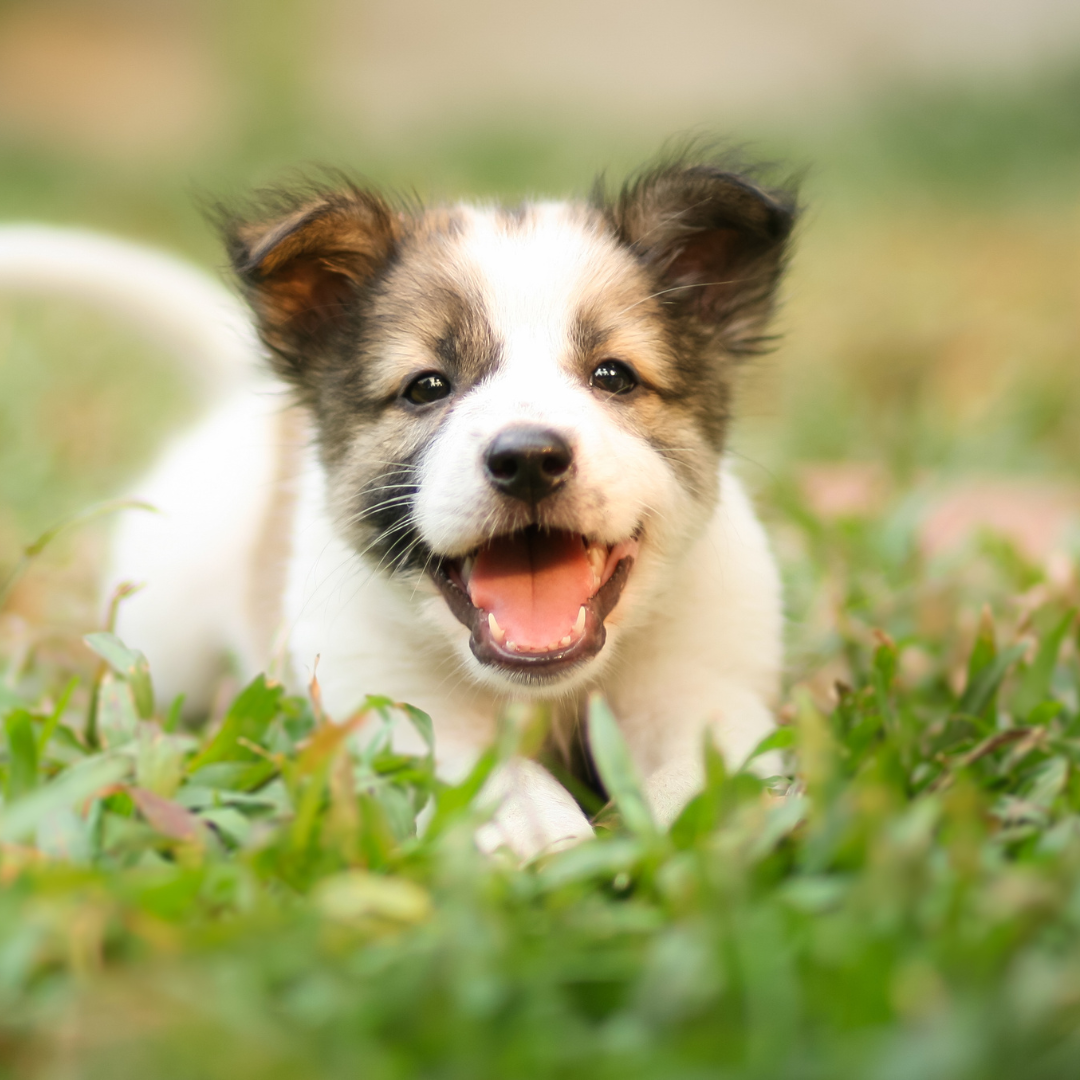
Welcoming a new furry family member is an exciting time for the whole family. Whether it’s a playful puppy, a curious kitten, or another small companion, January is the perfect time to focus on establishing routines and ensuring your pet’s health and happiness. If you’re a new pet owner, these tips will help you create a loving and safe environment for your newest family member. Schedule a Veterinary Check-Up Even if your new pet has received vaccinations, a full veterinary check-up is essential. Our team can: · Confirm vaccinations and schedule future ones · Conduct health screenings for common conditions · Provide advice on diet, exercise, and preventive care Booking a vet visit early ensures your pet starts the year healthy and prevents potential health issues down the line. Create a Safe and Comfortable Space New pets need time to adjust to their new home. Set up a quiet, cozy area where your pet can feel safe. Include: · A soft bed or crate · Toys and chew items · Food and water bowls in an accessible location This dedicated space helps your pet settle in and reduces anxiety during the first few weeks. Establish a Consistent Routine Pets thrive on routine. Try to: · Feed at the same times each day · Schedule regular walks or play sessions · Set consistent potty-training schedules for puppies or kittens A consistent routine helps your pet feel secure and promotes good behaviour. Invest in Proper Nutrition High-quality, species-appropriate food is vital for your pet’s growth and wellbeing. Consult your vet about: · The right type of food for age, breed, and size · Portion sizes and feeding frequency · Supplements or special dietary needs, if necessary Proper nutrition sets the foundation for a long and healthy life. Socialise and Train Early Early socialisation is key to raising a well-adjusted pet. Introduce your pet gradually to: · Other people and pets · Different environments, sounds, and experiences Training, even basic commands, should start early. Positive reinforcement techniques work best for teaching good habits. Grooming and Hygiene Regular grooming keeps your pet comfortable and healthy. Depending on your pet, you may need to: · Brush their coat regularly · Trim nails and clean ears · Bathe when necessary Our friendly team can advise on a grooming routine suited to your pet’s breed and needs. Monitor Health and Behaviour New pets may hide signs of stress or illness. Keep an eye out for: · Changes in appetite or water intake · Lethargy or unusual behaviour · Signs of discomfort or pain Early detection of health issues allows for prompt treatment and prevents complications. Enjoy this exciting time! Welcoming a new pet into your home is an exciting and joyful experience. By scheduling veterinary visits, establishing routines, providing proper nutrition, and offering love and attention, you’ll set your new pet up for a healthy, happy life. Remember, every pet is unique, so consulting your veterinarian regularly ensures your furry friend thrives in the year ahead. If you’ve recently welcomed a new pet into your home, book a check-up with our veterinary team today! We’re here to provide expert advice, vaccinations, and care to help your furry family member start the year off right.
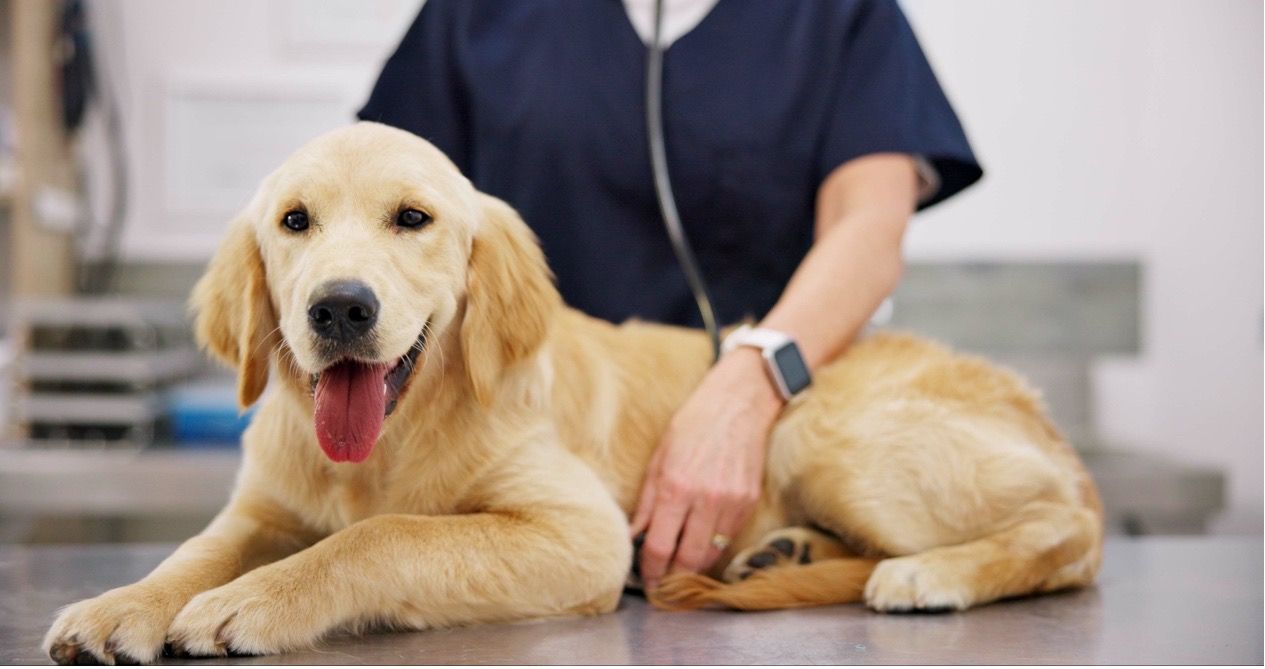
Trips to the vet are essential for your pet’s health, but for many dogs and cats, they can also be stressful. Anxiety at the vet is common, from strange smells and new people to past experiences; it’s no surprise pets sometimes feel nervous. At Yass Valley Veterinary , we’re dedicated to making vet visits calmer, safer, and more positive for both pets and their owners. Book a Low-Stress Appointment Why Pets Get Anxious at the Vet If your dog is scared of the vet or your cat gets stressed in their carrier, you’re not alone. Common reasons pets feel anxious at the vet include: New sights, smells, and sounds Previous negative or painful experiences Separation from their owner during treatment Other animals in the waiting room Understanding these triggers is the first step to helping your pet feel safe. Signs of Pet Anxiety at the Vet Both dogs and cats show stress in different ways. Keep an eye out for these behaviours: Dogs: panting, pacing, whining, shaking, excessive drooling, tucked tail Cats: hiding, vocalising, flattened ears, refusing to leave the carrier, excessive grooming If your pet shows these signs, mention it to your vet so we can adjust our approach. Tips to Calm Your Pet Before a Vet Visit There are simple steps you can take at home to reduce your pet’s anxiety before coming to the vet: Get the carrier ready early: leave it out at home with blankets, toys, and treats. Practice car trips: short rides help dogs and cats feel more comfortable on the way. Stay calm yourself: pets pick up on their owner’s stress. Use calming products: pheromone sprays, treats, or supplements may help (ask us for recommendations). Reward positive behaviour: treats and praise go a long way in reinforcing calmness. Tip: Ask us about adding a wellness check during your appointment so your pet gets used to positive visits, not just when they’re unwell. How We Make Vet Visits Stress-Free At Yass Valley Veterinary , we use gentle, pet-friendly approaches to create a low-stress vet experience: · Calm, reassuring handling techniques · Treats and positive reinforcement during exams · Time to let your pet settle before starting procedures · Cat-friendly spaces and quiet waiting areas where possible For pets with severe anxiety, we may recommend pre-visit medication to make the trip less stressful. FAQs About Pet Anxiety at the Vet 1. How can I calm my dog before a vet visit? Take your dog for a walk, bring favourite treats or toys, and stay calm yourself. Ask us about safe calming supplements or medication if needed. 2. What’s the best way to transport a nervous cat? Use a sturdy carrier lined with familiar bedding. Covering the carrier with a light towel can help reduce visual stress. Leave the carrier out at home so it feels familiar, not just a “vet box. 3. Should I give my pet medication before a vet visit? Only under vet advice. We may prescribe safe, short-term anxiety medication if your pet struggles with extreme stress. 4. Can I stay with my pet during their exam? In most cases, yes. Many pets are more relaxed when their owner stays nearby. 5. What if my pet is too stressed for the appointment? We can reschedule, adjust handling, or recommend calming aids. Our team’s priority is always your pet’s comfort and safety. Book a Stress-Free Vet Visit in Yass & Murrumbateman At Yass Valley Veterinary , we know that every pet is different. That’s why we tailor our approach to your pet’s needs, whether it’s an anxious dog or a nervous cat. Our goal is to make vet visits as calm and positive as possible. 📞 Call us on 02 6226 4444 or Book Now online to schedule a gentle, stress-free appointment.
